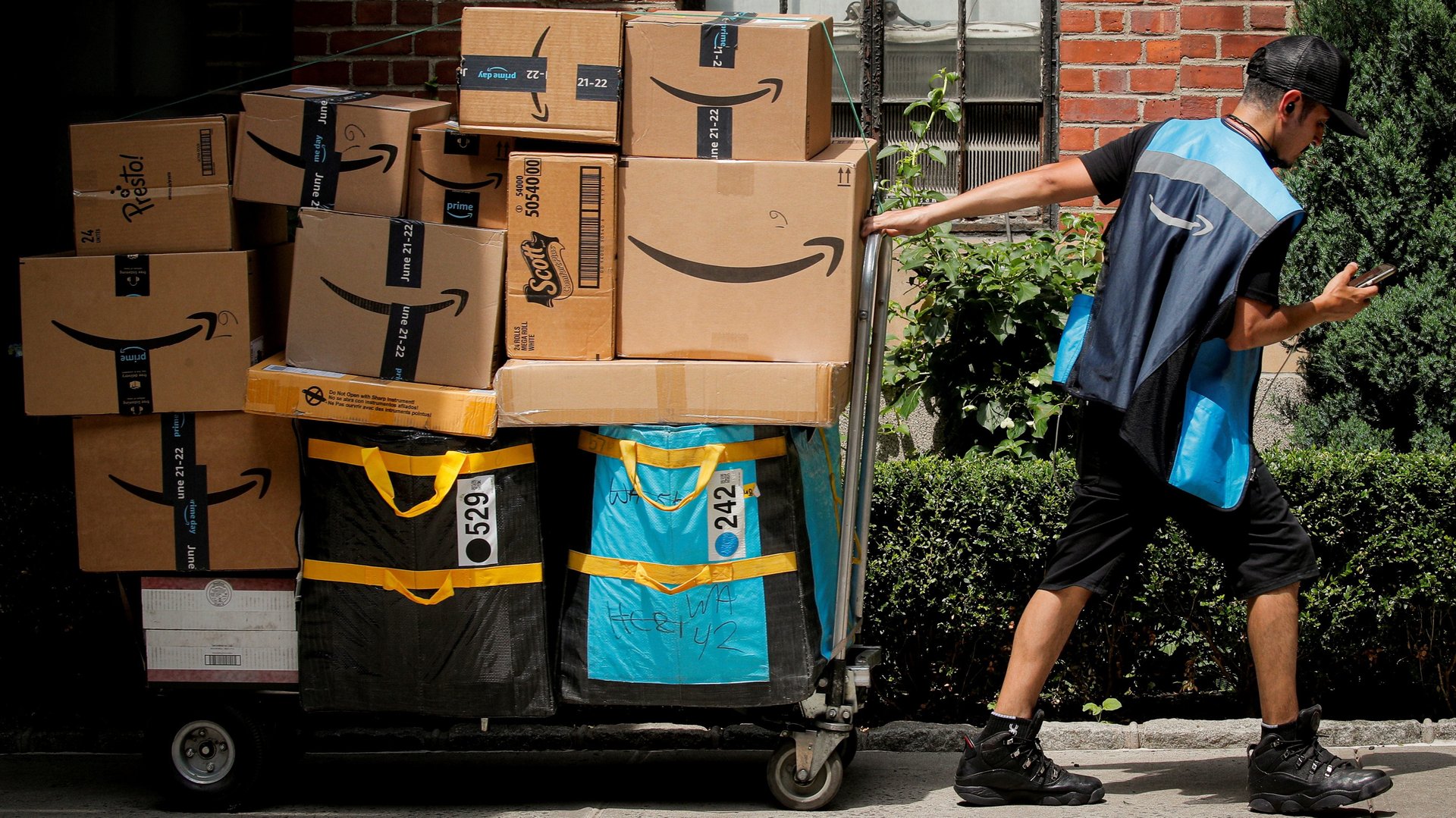There’s one area where Amazon is still struggling to catch Walmart
One of the biggest competitive advantages a retailer can have today is the ability to get online orders in the hands of customers quickly and efficiently. Often that means delivering to a shopper’s home, but increasingly it might mean the shopper picking up an order themselves at one of the retailer’s nearby stores. Either way, retailers with operations near where their customers live stand to benefit from the proximity.


One of the biggest competitive advantages a retailer can have today is the ability to get online orders in the hands of customers quickly and efficiently. Often that means delivering to a shopper’s home, but increasingly it might mean the shopper picking up an order themselves at one of the retailer’s nearby stores. Either way, retailers with operations near where their customers live stand to benefit from the proximity.
It’s one area where Amazon still trails some of its big competitors, according to a note to clients from UBS, an investment firm, based on research from its data-focused research arm, UBS Evidence Lab. Amazon now has fulfillment centers within one hour of 77% of Americans, UBS estimates. That’s a lot, but it still trails well behind Walmart, whose nearly 5,000 stores across the US put it within an hour of 99% of the US population by UBS’ tally.
Amazon’s heavy investments in building out its logistics network over the years have allowed it to offer delivery in as little as two hours for certain orders. But for Walmart and Target, another Amazon rival, their expansive networks of stores keep them physically close to their customers and provided them at least one advantage during the pandemic. Both have been able to use stores to fulfill online orders, including by enabling shoppers to collect their orders at the nearest brick-and-mortar location.
The option for in-store pickup, which Target has said makes it about 90% cheaper to fulfill an online order versus shipping it to the customer, has become popular with shoppers, giving a boost to retailers that offer it. As UBS put it in its note, “In an omni-channel world, having the infrastructure to serve customers when they want to be served, how they want to be served, is a key differentiator.”
Amazon’s spending on its fulfillment network
Amazon hasn’t rested in its efforts to beat its competitors. As the company saw its own sales supercharged by the pandemic, it invested even more in its fulfillment capabilities. UBS notes that Amazon’s expenditure on capital projects like warehouses and aircraft totaled $35 billion in 2020, more than twice what it spent the prior year and more than many of its rivals combined spent in the US.
“Much of this was dedicated to expanding its fulfillment ops,” UBS said. “This includes investments in growing its fulfillment & logistics network square footage by 50%, its middle mile capabilities (incl. Amazon Air), & its last mile capabilities.”
Walmart and Target will have to continue spending on their digital operations if they want to stay competitive against Amazon online. The company already owns an estimated 40% of the US e-commerce market and is still growing fast.
Meanwhile, the share of the US population within an hour of an Amazon fulfillment center is only set to rise as Amazon’s spending continues.